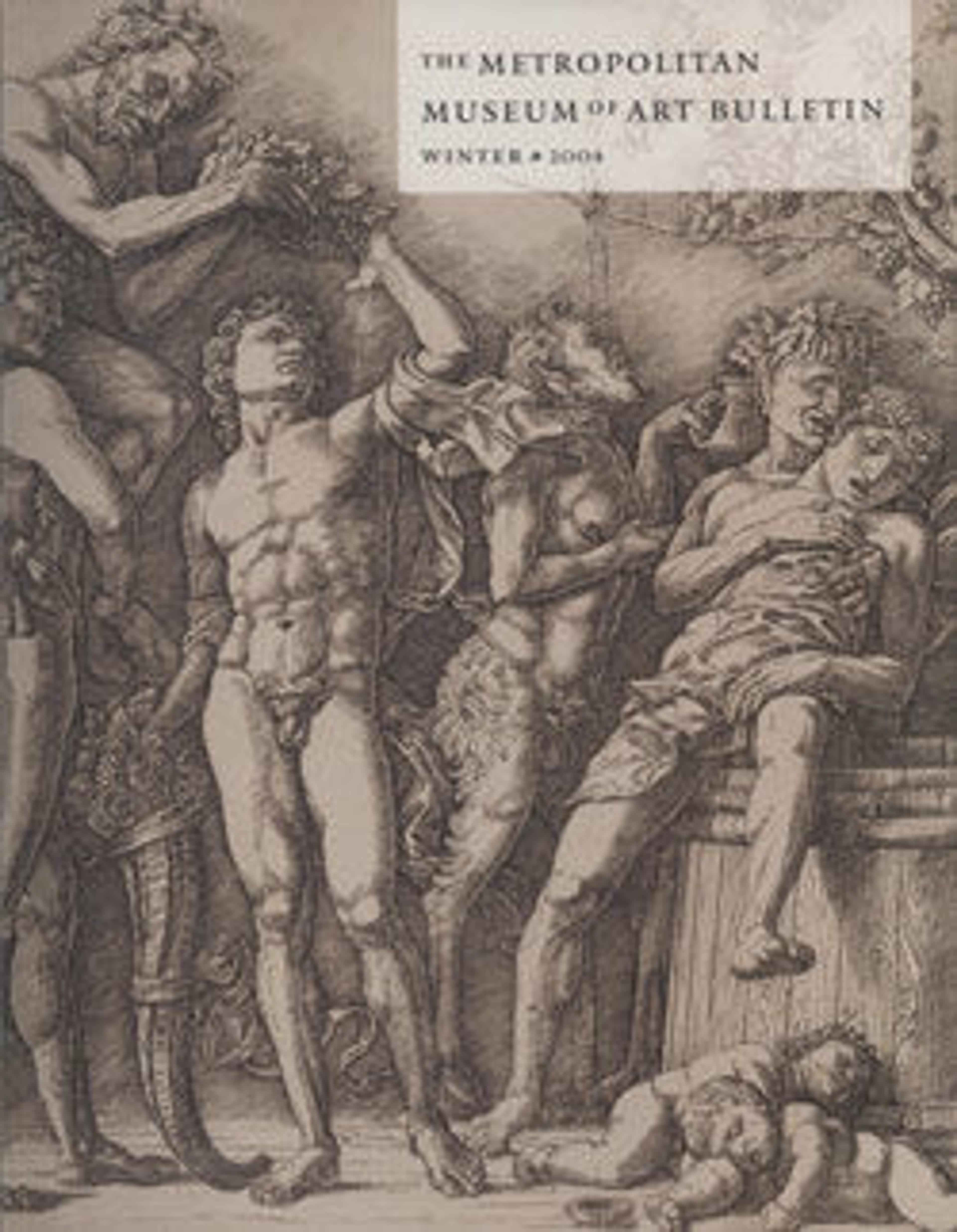The Sacrifice of Iphigenia
The Mycenaean king Agamemnon was chosen, together with his brother Menelaus—Helen's aggrieved husband—to lead the Greeks in the war against Troy, but unfavorable winds prevented the ships from setting sail. Consulting a seer, the soldiers learned that Agamemnon had offended Diana by killing a doe sacred to the goddess, who could be appeased only through the sacrifice of his daughter Iphigenia. The girl was lured from home with a false promise of marriage to Achilles, depicted at right, who was angered that his name had been used to deceive her and offered to fight on her behalf. Although the maiden instead heroically consented to the sacrifice, the goddess took pity on her: shrouding the site, Diana substituted a deer and carried off Iphigenia.
The copper plate for the print is in the Calcografia Nazionale in Rome (inv.989). A painting of the same subject by Testa (with minor differences) is in the Galleria Spada in Rome (inv. 312).
The copper plate for the print is in the Calcografia Nazionale in Rome (inv.989). A painting of the same subject by Testa (with minor differences) is in the Galleria Spada in Rome (inv. 312).
Artwork Details
- Title: The Sacrifice of Iphigenia
- Artist: Pietro Testa (Italian, Lucca 1612–1650 Rome)
- Publisher: Giovanni Giacomo De Rossi (Italian, Rome 1627–1691 Rome)
- Date: ca. 1640–42
- Medium: Etching with drypoint
- Dimensions: Plate: 14 11/16 x 18 1/8 in. (37.3 x 46 cm)
Sheet: 15 1/4 x 18 3/4 in. (38.8 x 47.7 cm) - Classification: Portfolios
- Credit Line: Harris Brisbane Dick Fund, 1926
- Object Number: 26.70.3(43)
- Curatorial Department: Drawings and Prints
More Artwork
Research Resources
The Met provides unparalleled resources for research and welcomes an international community of students and scholars. The Met's Open Access API is where creators and researchers can connect to the The Met collection. Open Access data and public domain images are available for unrestricted commercial and noncommercial use without permission or fee.
To request images under copyright and other restrictions, please use this Image Request form.
Feedback
We continue to research and examine historical and cultural context for objects in The Met collection. If you have comments or questions about this object record, please complete and submit this form. The Museum looks forward to receiving your comments.
